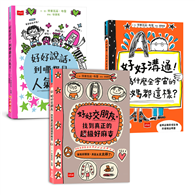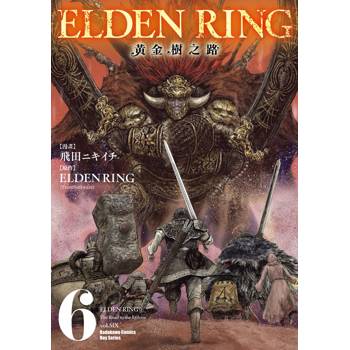First published in 1988. Child therapists have long been fascinated by children's human figure drawings and what they reveal about self-image, feelings, and' family relation ships. Now this comprehensively researched volume provides a valuable introduction to using children's human figure drawings as projective measures in a variety of settings. The principles for interpreting drawings, as well as general and specific indicators, are illustrated in 85 children's drawings. Part I on The Theory deals with the background of projective psychology, discussing art as a projective technique and emphasizing that all behavior, including drawings, reflects personality, attitudes and values. The authors examine the major methods of obtaining diagnostic information and recommend the use of several methods for best results. Part II on The Application examines in detail the projective use of children's human figure drawings to evaluate personality, relationships (particularly in families), group values, and attitudes. In each area, research is presented, directions for administration of various tests are given, and guidelines for interpretation are offered. Significant factors are revealed in numerous children's drawings, accompanied by clinical comments. Of special interest is the presentation of original research on group values among Canadian Indian (Saskatchewan Cree) children and on attitudes of young children toward teachers, doctors and other authority figures as revealed in human figure drawings. For psychologists, social workers, teachers and other child-care professionals, as well as students in these fields, this is an indispensable basic guide to interpreting human figure drawings.
| FindBook |
有 1 項符合
Children Draw And Tell: An Introduction To The Projective Uses Of Children’s Human Figure Drawing的圖書 |
 |
Children Draw And Tell: An Introduction To The Projective Uses Of Children’s Human Figure Drawing 作者:Klepsch Marvin 出版社:Routledge 出版日期:2016-12-02 語言:英文 規格:精裝 / 208頁 / 17.81 x 25.4 cm / 普通級/ 初版 |
| 圖書館借閱 |
| 國家圖書館 | 全國圖書書目資訊網 | 國立公共資訊圖書館 | 電子書服務平台 | MetaCat 跨館整合查詢 |
| 臺北市立圖書館 | 新北市立圖書館 | 基隆市公共圖書館 | 桃園市立圖書館 | 新竹縣公共圖書館 |
| 苗栗縣立圖書館 | 臺中市立圖書館 | 彰化縣公共圖書館 | 南投縣文化局 | 雲林縣公共圖書館 |
| 嘉義縣圖書館 | 臺南市立圖書館 | 高雄市立圖書館 | 屏東縣公共圖書館 | 宜蘭縣公共圖書館 |
| 花蓮縣文化局 | 臺東縣文化處 |
|
|
圖書介紹 - 資料來源:博客來 評分:
圖書名稱:Children Draw And Tell: An Introduction To The Projective Uses Of Children’s Human Figure Drawing
|










